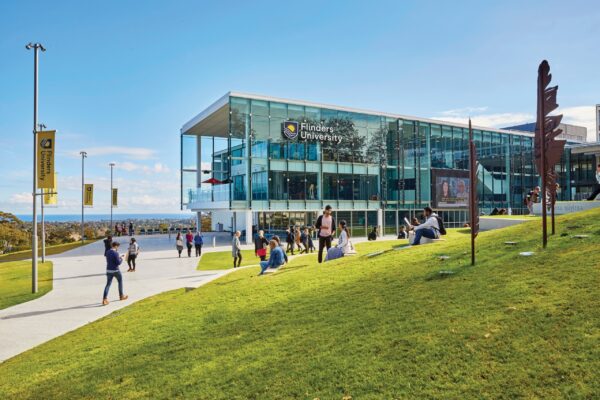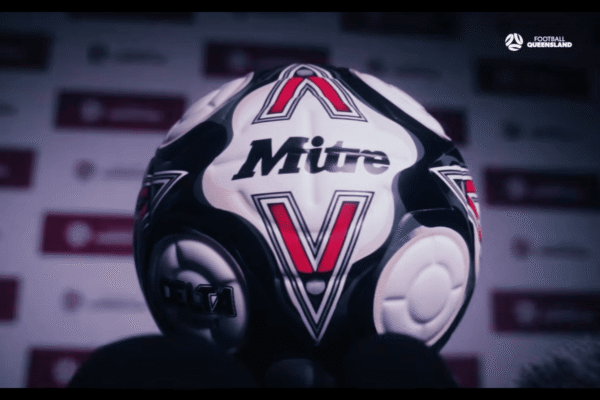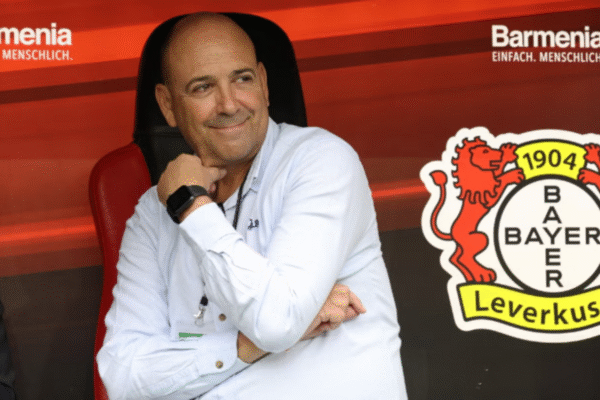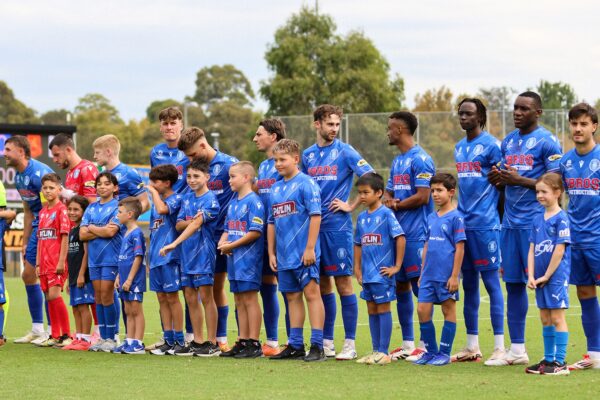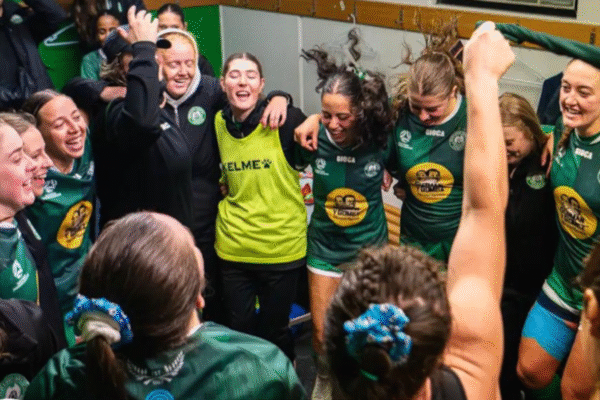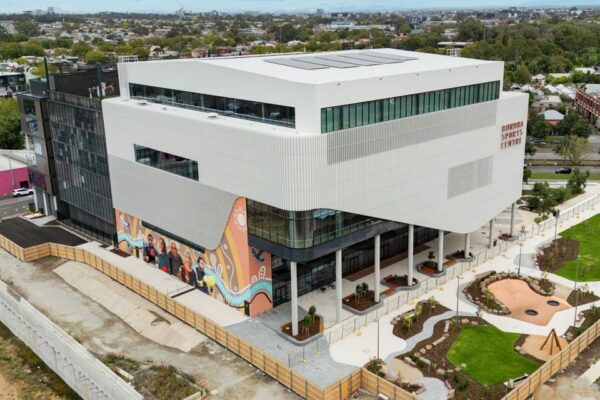
As announced by Football Australia, 26 clubs had progressed to the Request for Proposal (RFP) phase of the National Second Tier competition.
The RFP phase will involve the distribution of comprehensive Bid Documents to the shortlisted clubs, including an information memorandum, NST related data, financial forecasts, key terms of a Club Participation Agreement, and draft transaction documents.
This phase will be conducted confidentially, running from May to July 2023.
One of the clubs that have progressed through to this stage, and one considered to be one of the premium clubs outside of the A-League, is Preston Lions FC.
Preston’s President, David Cvetkovski, is confident that the National Second Tier will be good for Australian football and doesn’t foresee too many issues in regards to the cost of transition to a professional league for his own club.
“We have five key revenue pillars for Preston that I believe every club should have,” he said.
“You need to be strong in the key pillars of sponsorship, gameday (ticketing, food + drink), merchandise, membership and events.
“When you put the five elements together, they are five critical revenue streams for every club in the world, regardless of scale.
“If we get that right, we will succeed.”
Preston average some of the largest crowds in the NPL at their home of BT Connor Reserve, outdrawing some A-League teams on a consistent basis.
Cvetkovski highlighted facility upgrades and the relationship the club has with the local council as important measures for clubs hoping to transition into a National Second Division.
“We are constantly in touch with council, we have an incredible relationship with the City of Darebin and they are aware of our aspirations,” he said.
“We’ve strategically put a lot of work into the facility in the last few years, resurfacing, drainage and lighting and we recently announced two weeks ago our plans to build a new grandstand on the far side.
“Our aim is to have a boutique inner city stadium capable of comfortably sitting 5,000 people as required over time. We are a club with aspirations for our community and supporters, as we continue to navigate our own Preston journey,” he said.
The grandstand, to be located on the western side of BT Connor Reserve, looms as a key ingredient to cater for Preston’s ever-growing fanbase.
The design process is in an ongoing discussion, but Cvetkovski is excited at the prospect of being a destination club in years to come.
“This is an exciting project that will be done over multiple stages, with our own Preston people leading the way,” he said.
“As a starting point, we’d like to at least put the concreting down so people have a place to stand or sit that isn’t on mud, especially on a cold or wet night.
“We need to be a club that provides a premium venue that can comfortably hold around 5,000 plus people regularly.
“Our ultimate goal is to build a welcoming and inclusive ground that allows more people to be undercover or have readily available resources.”

Hypothetically, Cvetkovski knows the importance of assigning improved clear roles for his team of executives and advisors (alongside players who would be on professional contracts), if they were to be selected for the second division.
“I think for this to work properly we are going to need to articulate specific roles, for example, everything from a general manger, a sponsorship manager, a marketing manager etc.,” he said.
Cvetkovski was insistent that despite his club doing quite well quite on a number of fronts, it was of upmost importance that all clubs selected in a national second division will need to contribute effectively in their own way.
“The key to this division is we need 12-14 clubs to bring something strong and contribute – so every club can be successful,” he said.
“It’s no use if four or five clubs to become powerhouses in this league and beat everyone else, it’s about our game creating a competitive division, a thriving football ecosystem, with good rivalries, in a way which is economically viable for all the teams.
“We can’t get to the point where the FA needs to prop up these teams like what we see in in other codes, they have to be strong.”
Secure sponsorships to offset costs at a league level will be fundamental to the health of the National Second Tier. Cvetkovski was looking forward to see how that would eventuate through the governing body.
“Commercial arrangements will be critical, it’s another other element that will need to be factored in (which I’m sure the FA is working on) – we obviously don’t know too much about the commercial arrangements which will come in due course,” he said.
“We’ve been in all the meetings from day dot – as we were early members of the AAFC and have continued to participate in conversations with the FA. The FA did a really good roll out last year and gave us a lot of clarity at that time as to what would be involved.
“In those early discussions, we were all made aware of the astute modelling that was being considered such as travel, flights, corporate sponsors across the league and it will be interesting to see how that turns out.”
While increased financial costs will need to be offset for a national second division, Cvetkovski highlighted attitudes of the aspiring clubs would be critical to the success of the new tier.
“We want football to prosper, we need to work together to create healthy rivalries and a football ecosystem that is sustainable longer term,” he said.
“These aspiring clubs, like South Melbourne for example, are big clubs and we need them, we need the healthy rivalry. All clubs will need to make a contribution and bring something to the table so we can all be successful.
“I want to see 8,000 – 10,000 people at BT Connor when we host South Melbourne, I want to see 2000-3000 of our NSW based supporters attend games in Sydney and Wollongong, that’s beautiful, that’s football, that’s our aspiration.”




